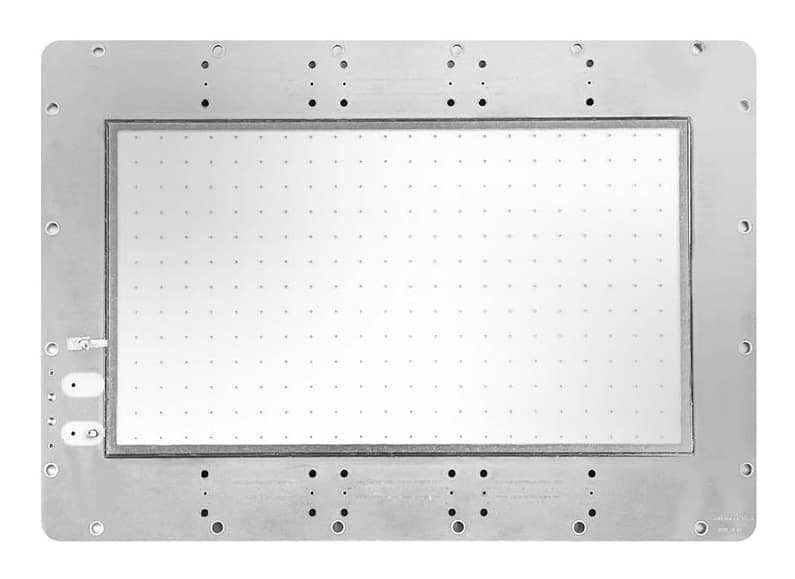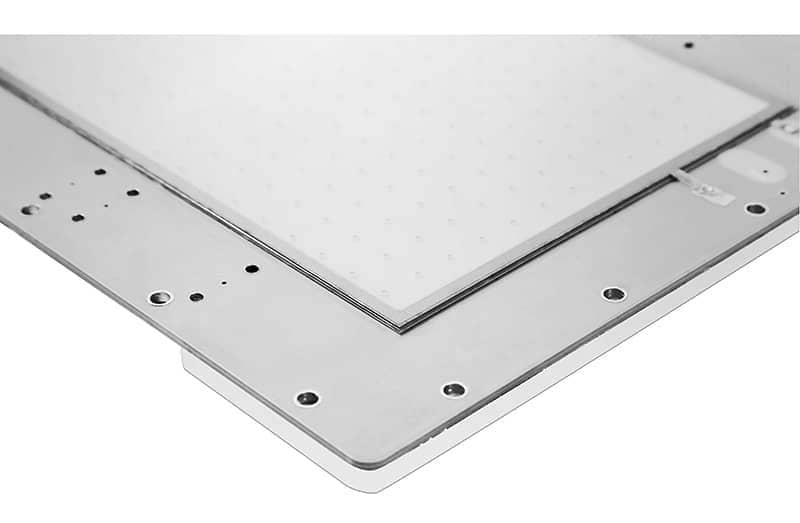The Double-Mesh Micromegas (Double-Mesh Micromegas) is a high-performance gas detector developed from the traditional single-layer mesh Micromegas detector. It achieves segmented optimization of the electron multiplication process through a dual-layer micro-mesh electrode structure, significantly enhancing the gain limit and stability. This design is particularly suited for demanding scenarios such as Time Projection Chamber (TPC) readout, high counting rates, and high-radiation environments.
In traditional single-layer mesh Micromegas detectors, single-stage multiplication occurs where electron avalanches are confined to the narrow gap (~50–500 μm) between the single-layer mesh and the anode. The gain limit is constrained by space charge effects and discharge risks (typically ≤10⁵). The single-layer structure also leads to significant ion feedback, limiting the TPC system’s counting rate (typical value <10⁵ Hz).
The innovative dual-layer mesh design enables two-stage electron multiplication. The first mesh acts as a pre-amplification layer, operating in a low electric field region to achieve initial electron pre-amplification (gain ~10–100). The second mesh serves as the main multiplication layer, completing the final avalanche amplification in a high electric field region (total gain up to 10⁵–10⁶). Additionally, the dual-layer structure forms an electric field gradient barrier, blocking the return path of positive ions and reducing the ion feedback rate to ~0.1%. By adjusting the gas gap thickness between the two layers, the Double-Mesh Micromegas detector can achieve monitoring capabilities for low-energy beams in low-pressure working gas environments of TPC systems.
Key Performance Improvements
Enhanced Gain Limit: Segmented multiplication avoids avalanche breakdown risks in a single high-field region, increasing total gain by over 10×.
Improved Discharge Resistance: The pre-amplification layer distributes voltage load, reducing electric field fluctuations in the main multiplication layer and enabling higher tolerable counting rates.
TPC Readout Optimization
Ion Feedback Suppression: The shielding effect of the dual-layer electric field minimizes ion contamination in the TPC drift region, allowing higher beam intensities.
Time Resolution: Uniform electron transit times due to the dual-layer electric field distribution improve timing resolution.
Spatial Resolution: Inherits the high spatial resolution of traditional Micromegas detectors.
Typical Applications
TPC systems in high-energy physics experiments
Radiation environment monitoring
Low-background dark matter detection


Technical Parameter
1. Double avalanche gaps: 750 500 um
2. Ge film anode with fast grounding
3. Gain: >10⁵@1 bar and >10⁴@100 mbar
4. Low IBF ratio: ~0.1%

